This was an interesting report-study and the first I have ever seen about balloon litter and marine debris. While balloons are festive and fun, the chance that they will be let loose are great.. as they fly away and come back dwon… where do most end up? In the streets and then water, killing animals and adding to water pollution. The most balloons in one day that I have picked up is 54. It was after a storm and a high tide, where they all washed up. 54 balloons in 1 mile of beach.
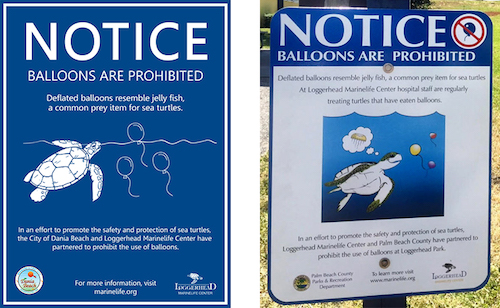
Not only are balloons endangering marine animals, they can be hazardous to humans:
“In 1986, organizers from the United Way of Cleveland attempted to break a world record by releasing 1.5 million balloons outside simultaneously. Unfortunately, when a big storm from the Great Lakes arrived, the balloons were pushed back toward the city. This resulted in the death of two boaters who were unable to be rescued because the Coast Guard could not fly its helicopter through the mass of balloons. Many of the balloons also ended up in the water, and rescuers could not properly search for their victims as the floating balloons looked similar to heads. The event ended up costing the city millions of dollars in law suits.’ (Conserve Turtles)
This new report is from Clean Virginia Waterways of Longwood University and the VA Coastal Zone Management Program covers five years of research on a very harmful type of marine debris: balloon litter. 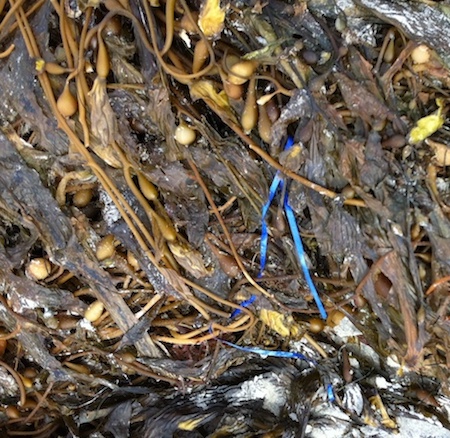
More than 11,400 balloons, balloon pieces, plastic ribbons and attachments were found on Virginia’s most remote beaches by Clean VA Waterways’ researchers as part of a five-year study of balloon litter in coastal environments of Virginia.

Ecolights:
- Balloon litter was the #1 most frequently found type of marine debris on these beaches. Balloon-related litter was 40% of all debris. Plastic beverage bottles came in 2nd (22%), flowed by fishing and aquaculture gear (12%).
- Of the 11,441 balloon-related pieces of litter found, 6,145 were balloons; 5,059 were plastic ribbons; the remainder were plastic balloon attachments (Plastic discs, clips, tape, valves, etc.).
- Of all foil balloons, 65% were deflated.
- Of all latex balloons, 46% were burst.
- 86% of latex balloons had at least one plastic ribbon attached.
- Most balloon litter (61%) was concentrated on the highest sections of the beach, which is critical habitat for nesting turtles and birds.
- Balloon litter density ranged from 25.6 items per mile up to 272 items per mile — depending on site.
- “Happy Birthday” was the most popular printed message, but we found graduation-related messages in the late spring and early fall. Other seasonality of balloons (e.g., St. Valentine’s Day, Mothers Day) was noted.
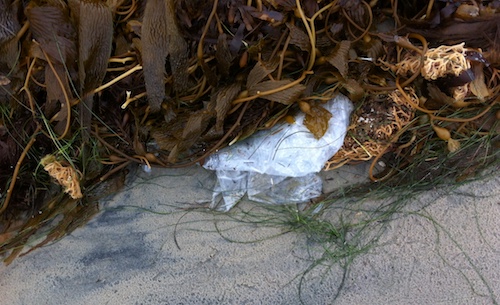
This will look like food to many marine animals
This report is a companion to the 2017 report: “Balloon Release Research in Virginia & Reducing Balloon Debris through Community-Based Social Marketing.” This report summarizes our extensive research:
- Who plans balloon releases nationwide (USA) (86% are planned by women)
- Where balloon releases are commonly held (schools, parks, churches, private property)
- When balloons releases are held (spring and fall)
- Why balloon releases are held (mostly for memorials, but also for raising awareness and celebrations including weddings, graduations, sporting events)
- What are the emotional reactions to balloon releases
- What is the “Role of Ceremony” in balloon release events
- Where do people think the balloon go after being released
- What images or messages have an impact to move people to think and act differently about releasing balloons
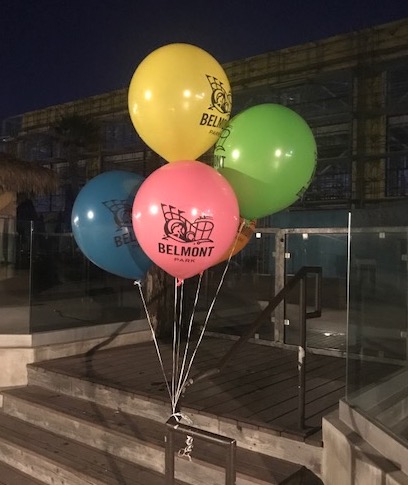
Press Release Official: Balloon Litter is Number One Debris Item on Virginia’s Remote Beaches New Reports from Virginia Coastal Zone Management (CZM) Program Tackle Balloon Litter in Virginia Two new reports by the Virginia Coastal Zone Management (CZM) Program at the Virginia Department of Environmental Quality (DEQ) and Clean Virginia Waterways of Longwood University, focus on the dangerous effects of balloon litter, and a study of balloon release behavior.
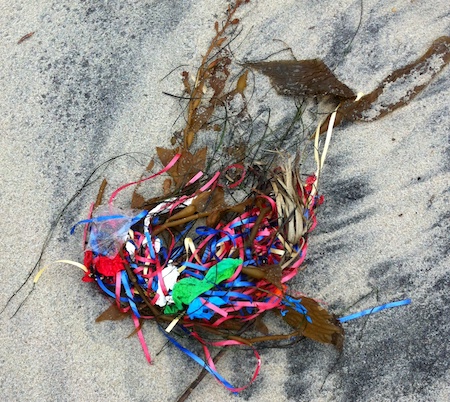
As part of a five-year study on balloon litter in coastal environments in the Commonwealth, researchers found more than 11,400 balloon-related items on Virginia’s beaches. These studies, both funded by the Virginia CZM Program through grants from the National Oceanic and Atmospheric Administration, represent the most extensive long-term research project focused on balloon-related litter, its impacts and related solutions.
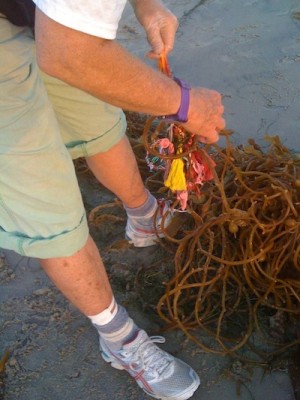
Balloon debris is of special concern because of its potentially severe impact on seabirds, sea turtles and marine mammals. One report, Balloon Litter on Virginia’s Remote Beaches documents balloons as the most abundant type of waste on five remote beaches surveyed between 2013 and 2017. Balloons and their attached plastic clips and ribbons made up 40 percent of all debris recorded, followed by plastic bottles and fishing gear.
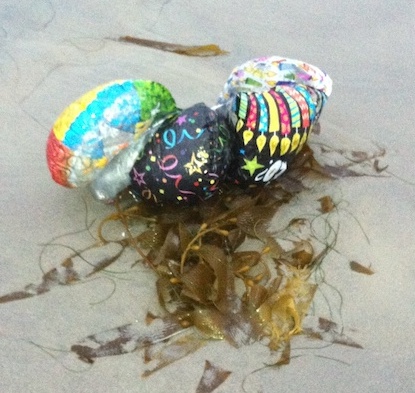
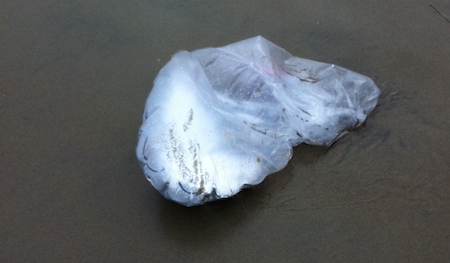
The amount of balloon litter varied from 25 items per mile on Cedar Island in Accomack County, to more than 272 items per mile at Fisherman Island National Wildlife Refuge in Northampton County. “Deflated balloons, or pieces of balloons, look like food to some animals and plastic ribbons can cause entanglement,” said Kathy O’Hara, one of the report’s co-authors, and responder with the Virginia Aquarium’s Stranding Response Program. “What is incredible is the vast distances released balloons can travel,” said Christina Trapani, coauthor of the study. “
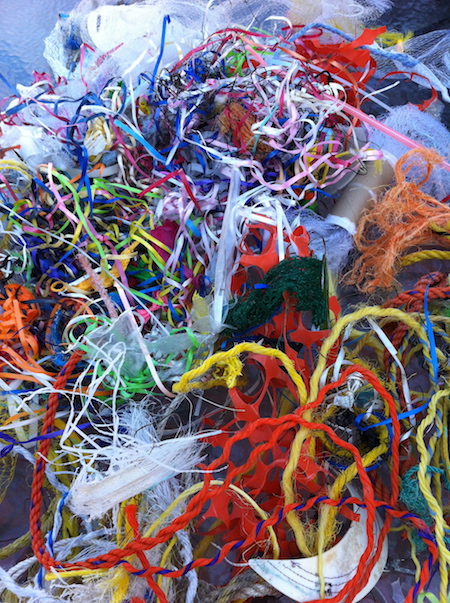
In February, a latex balloon with a logo from Kansas was found in Hampton, Va. If actually released in Kansas, this balloon traveled almost 1,400 miles.” “Balloons are unique among all the man-made debris found in the ocean and on the land,” said Virginia Witmer, co-author of the report, Balloon Release Research in Virginia & Reducing Balloon Debris through Community-Based Social Marketing”. “Helium-filled balloons are the one form of litter that people may be purchasing with the intent to release into the environment.”
Interviews and surveys revealed that many people don’t understand that there is no such thing as an environmentally-friendly released balloon. “This partnership of scientists, educators and government agencies, has provided us with tremendous knowledge about balloon litter in Virginia that informs the steps we need to take to reduce balloon releases at both happy and sad occasions,” said Laura McKay, CZM Program Manager at DEQ. Partners used this research to launch “Joyful Send-off,” a campaign to encourage litter-free alternatives to balloon releases at weddings and other celebrations. 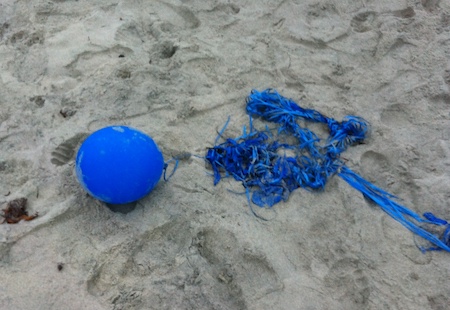
Virginia’s ongoing research is being shared with other Mid-Atlantic states to raise awareness. “None of us are anti-balloon,” said Katie Register, Executive Director of Clean Virginia Waterways and co-author of the balloon release behavior study. “Celebrating with balloons is fun – but at the end of the celebration, we need to pop them and drop them in the trash. There are other ways to celebrate and make lasting memories without harming wildlife,” she added.
The two reports can be downloaded – https://www.deq.virginia.gov/Programs/CoastalZoneManagement/CZMIssuesInitiatives/Marine Debris/MarineDebris-Balloons.aspx
http://www.longwood.edu/cleanva/OurWorkBalloonLitter.html
Resources
